Empowering Local Community Groups with Smart VR Comfort Workflows to Enhance Engagement Strategies in 2025
As we march into 2025, the landscape of community engagement is evolving, and one of the most groundbreaking tools on the horizon is Virtual Reality (VR). While the technology has made significant strides, the real magic lies in its comfortable and engaging application. This article explores how local community groups can leverage smart VR comfort workflows to enhance engagement strategies, ensuring all members feel welcome and encouraged to participate in various activities. ⏱️ 7-min read
Understanding VR Comfort Workflows
VR comfort workflows are a set of carefully designed procedures and settings that prioritize user well-being in virtual environments. At the heart of these workflows is the effort to minimize discomfort, such as motion sickness, which can often arise from the immersive nature of VR experiences. For local community groups that aim to foster inclusivity, understanding and implementing these workflows is vital; a singular unpleasant experience can deter members from participating further.
By prioritizing comfort, community leaders can create environments that encourage exploration and engagement. When users feel safe and comfortable, they are not only more likely to join community events but also to actively share their thoughts and experiences, thus strengthening collaborative ties. The impact of effective VR comfort workflows on community engagement cannot be overstated; as members become more empowered, they contribute to an enriched sense of belonging.
Best VR Comfort Strategies for Community Engagement
Creating a welcoming VR experience is essential for boosting engagement within local community groups. Here are some strategies tailored to cultivate comfort and encourage participation:
- User-Friendly Interface Design: A clean, intuitive interface is the cornerstone of a comfortable VR experience. Simplified menus and clear icons allow users to focus on interactions without feeling overwhelmed by technology.
- Adaptive Comfort Settings: Empower your community members by enabling customizable comfort settings. Adjusting field of view, lighting options, and motion controls can significantly enhance user satisfaction and address individual preferences.
- Feedback Mechanisms: Regularly solicit user feedback to identify common discomforts and enhance the overall VR experience. Surveys, in-app feedback forms, and community forums are excellent tools for capturing user sentiments.
These strategies not only improve comfort but also foster a sense of ownership among users, making the VR experience more enriching and enjoyable.
Step-by-Step VR Comfort Playbook for Community Leaders
Implementing VR comfort practices can significantly boost community engagement. Here’s a step-by-step guide for community leaders seeking to roll out effective VR initiatives:
- Assess Community Needs: Start with thorough assessments, such as surveys and focus groups, to grasp the interests and technological capabilities of your members.
- Select Appropriate VR Tools: Choose user-friendly platforms that cater to your community's demographics. Opt for tools that facilitate immersive experiences aligned with the interests identified in your assessments.
- Create Engaging Content: Develop VR experiences that resonate with community interests, such as virtual art classes or historical tours, enhancing both interaction and participation.
- Collect and Analyze Feedback: After launching the initiatives, gather insights through post-event surveys or discussions, focusing on engagement levels, ease of use, and overall satisfaction.
- Iterate and Improve: Utilize collected feedback to refine the VR experience continuously. Adapt based on what works and what doesn’t, allowing for a tailored approach that resonates with your community.
By following these steps, community leaders can navigate the complexities of integrating VR into their engagement strategies effectively.
Scaling VR Comfort Results in Busy Environments
Resource constraints can make it challenging for busy community organizations to implement effective VR comfort initiatives. Here are practical methods to scale efforts efficiently:
- Effective Resource Allocation: Identify essential resources needed for successful VR experiences—this includes funding, materials, and enthusiastic personnel passionate about community engagement.
- Volunteer Training: Equip volunteers, often the frontline ambassadors of VR experiences, with the skills needed for smooth operations. Workshops covering VR setup and troubleshooting can be invaluable.
- Utilize Technology: Implement scheduling software for better crowd management, and use automated feedback tools to gather insights without placing additional burdens on staff.
These strategies help community groups not only engage but also sustain participation in their VR initiatives, even during high-traffic events.
Creative VR Comfort Experiments to Enhance Participation
To further bolster engagement, local community groups can explore innovative VR comfort experiments. Here are three promising approaches:
- Gamification: Transforming traditional activities into game-like experiences can drive motivation. Incorporating scoring systems, challenges, and rewards can make participation feel rewarding.
- Interactive Storytelling: Users who feel part of the narrative, influencing outcomes through their choices, are more likely to engage deeply. This approach fosters a sense of ownership over the VR experience.
- Diverse Plotlines: Create varied storylines that resonate with different demographics, ensuring everyone feels represented and included in the engagement efforts.
These creative experiments can captivate participants’ imaginations while fostering deeper connections among group members, encouraging repeated participation.
Developing a VR Comfort Content Calendar for Local Groups
A content calendar is an essential tool for maintaining ongoing community engagement with VR comfort strategies. Here's how to develop one:
- Create a Framework: Begin with key dates linked to community events or themes. This will act as a skeleton for your calendar.
- Integrate VR Activities: Fill in the calendar with VR sessions designed around those key dates, ensuring a variety of engagement strategies are in place.
- Promote Flexibility: Ensure that the content calendar allows for adjustments based on participant feedback or changing interests within the community.
- Use Visuals: Adding visuals or engaging icons representing each VR event can make the calendar more appealing and easier for members to understand.
By implementing a well-structured content calendar, community groups can foster continuous interest and elevate engagement throughout the year.
Data-Driven VR Comfort Approaches for Increased Loyalty
Data analytics plays a crucial role in tailoring VR comfort initiatives to enhance member loyalty. Here’s how local groups can leverage data:
- Track Engagement Metrics: Collect data on participation rates, session duration, and user feedback to analyze patterns in engagement.
- Segment Your Audience: Based on analytics, segment your members into different groups with tailored VR experiences. Personalized experiences significantly boost member loyalty.
- Implement Regular Feedback Loops: Use feedback mechanisms to gather insights after each VR event. Employ this data to continuously refine future initiatives and address user needs effectively.
By utilizing a data-driven approach, community groups can construct initiatives that resonate with their members, fostering genuine loyalty and ongoing engagement.
Proven Tactics to Drive Recurring Engagement
Creating avenues for recurring engagement is essential in maximizing the potential of VR comfort workflows. Below are actionable tactics that have shown consistent results:
- Establish a Community of Practice: Encourage members to share their experiences and learnings from VR activities through scheduled community discussions.
- Incorporate Regular Updates: Keep the virtual experience fresh by introducing new, engaging content regularly, ensuring members have reasons to return and explore.
- Engage Influencers or Local Leaders: Partner with local figures who can advocate for VR experiences, thereby drawing in more community members through shared interests.
- Utilize Referral Programs: Develop programs where current members can invite new participants, rewarding them for successfully drawing in more community members.
These tactics, when combined with an understanding of VR comfort workflows, can significantly enhance the overall participation landscape within local community groups.
Future Trends in VR Comfort for Community Engagement
The VR comfort landscape is rapidly evolving, and it’s essential for community groups to stay ahead of emerging trends that will shape engagement strategies. Here are some pivotal trends to monitor:
- Social VR Platforms: As platforms emphasizing social interactions in VR grow, community groups should consider where their members are congregating to foster virtual meetups.
- Enhanced Hardware and Software: Emerging technologies, such as haptic feedback devices and advanced navigation systems, will redefine the VR comfort experience, making it more enjoyable and engaging.
- Integration of AI: Leveraging AI-driven analytics can provide deeper insights into user preferences and behaviors, allowing for hyper-personalized experiences that increase engagement.
- Sustainability Focus: Community groups will increasingly need to consider how VR experiences can be designed sustainably, resonating with growing sentiments towards environmentally-friendly practices.
By capitalizing on these trends, local community organizations can create forward-thinking VR comfort workflows that engage members and foster a sense of community for years to come.
As we pivot towards a future deeply integrated with virtual experiences, it’s crucial for community leaders to adopt these smart VR comfort workflows. Not only will they enhance engagement, but they will also empower community members to fully immerse themselves in shared experiences, generating a stronger, more connected community.



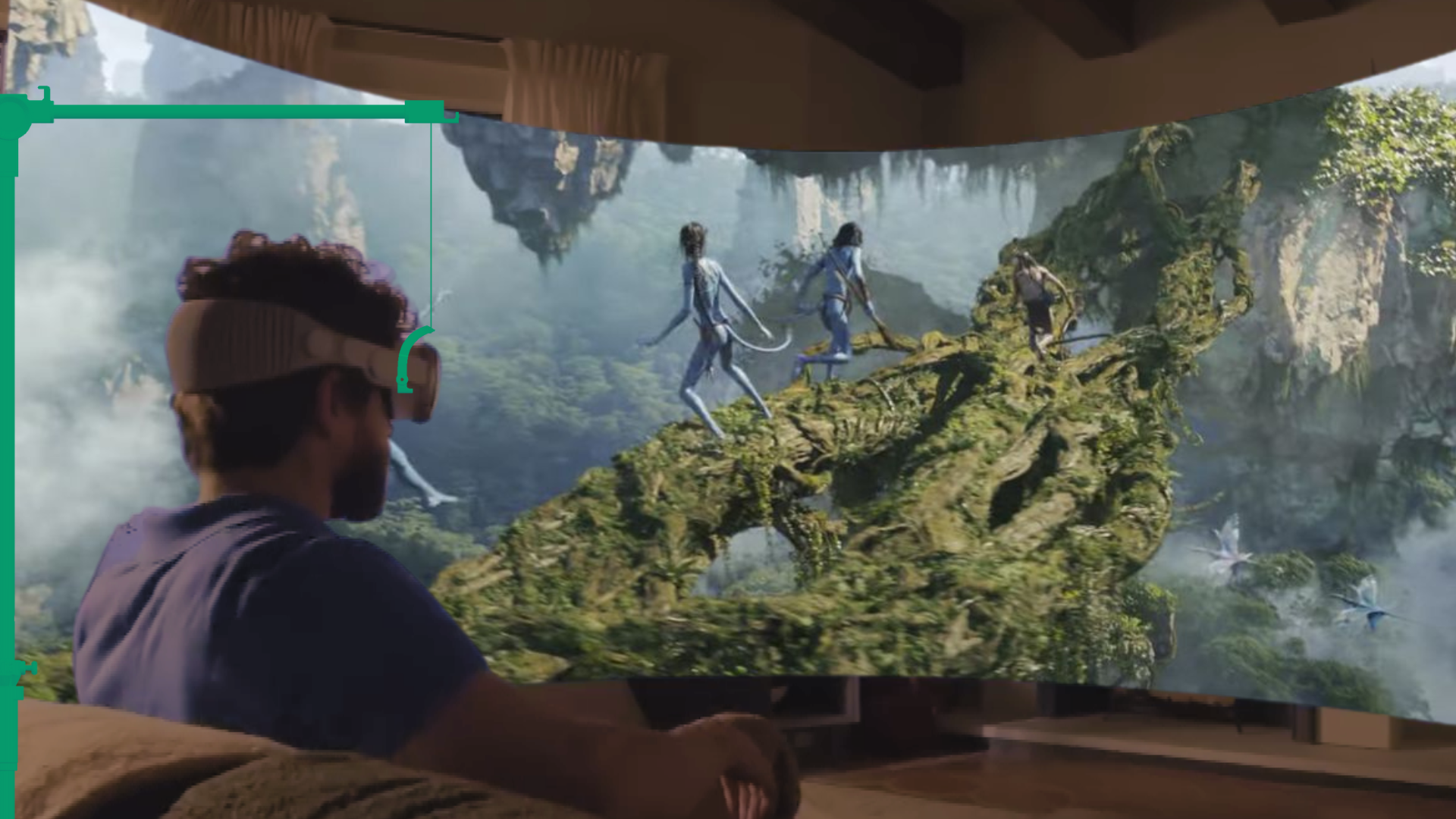
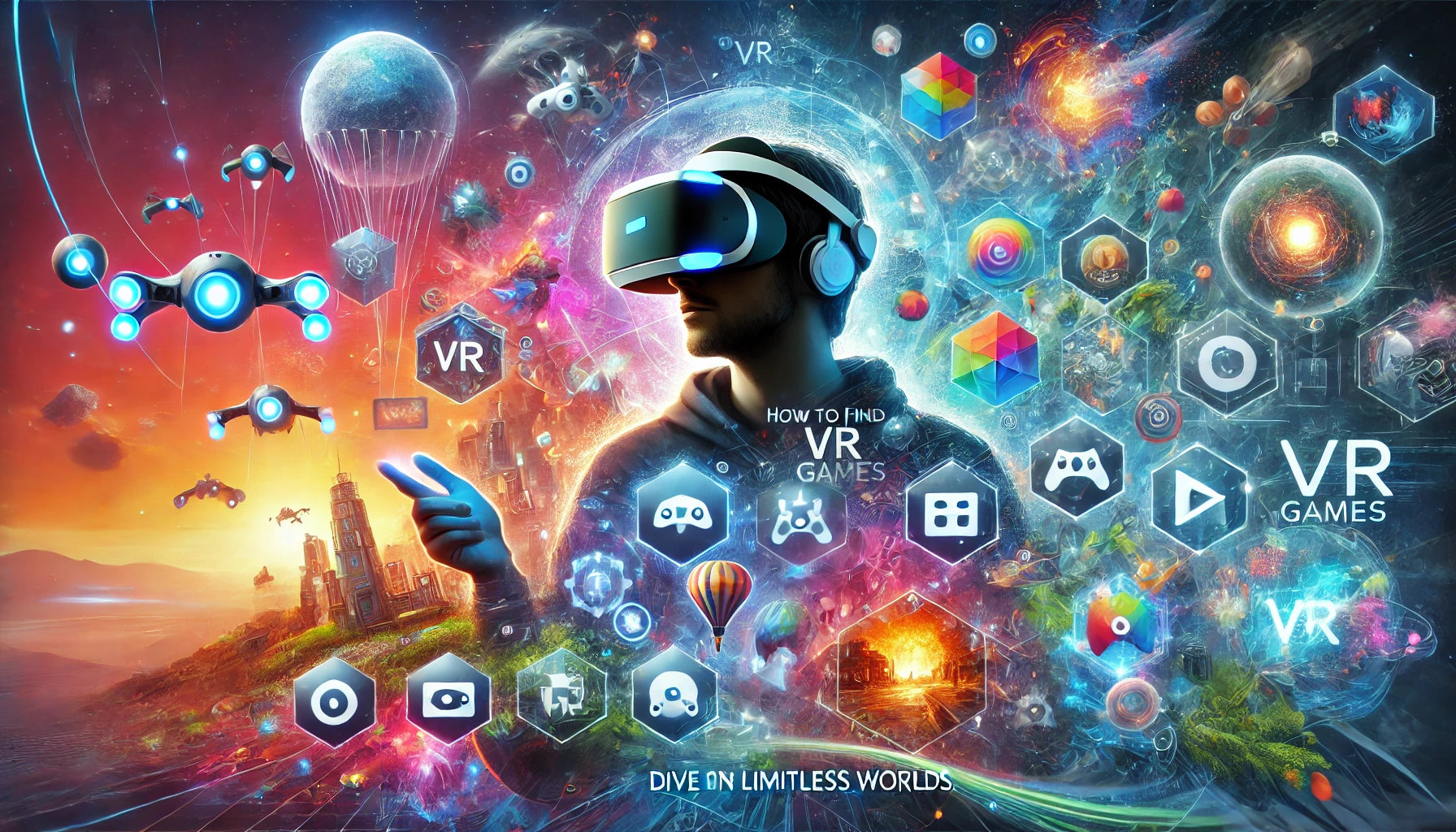
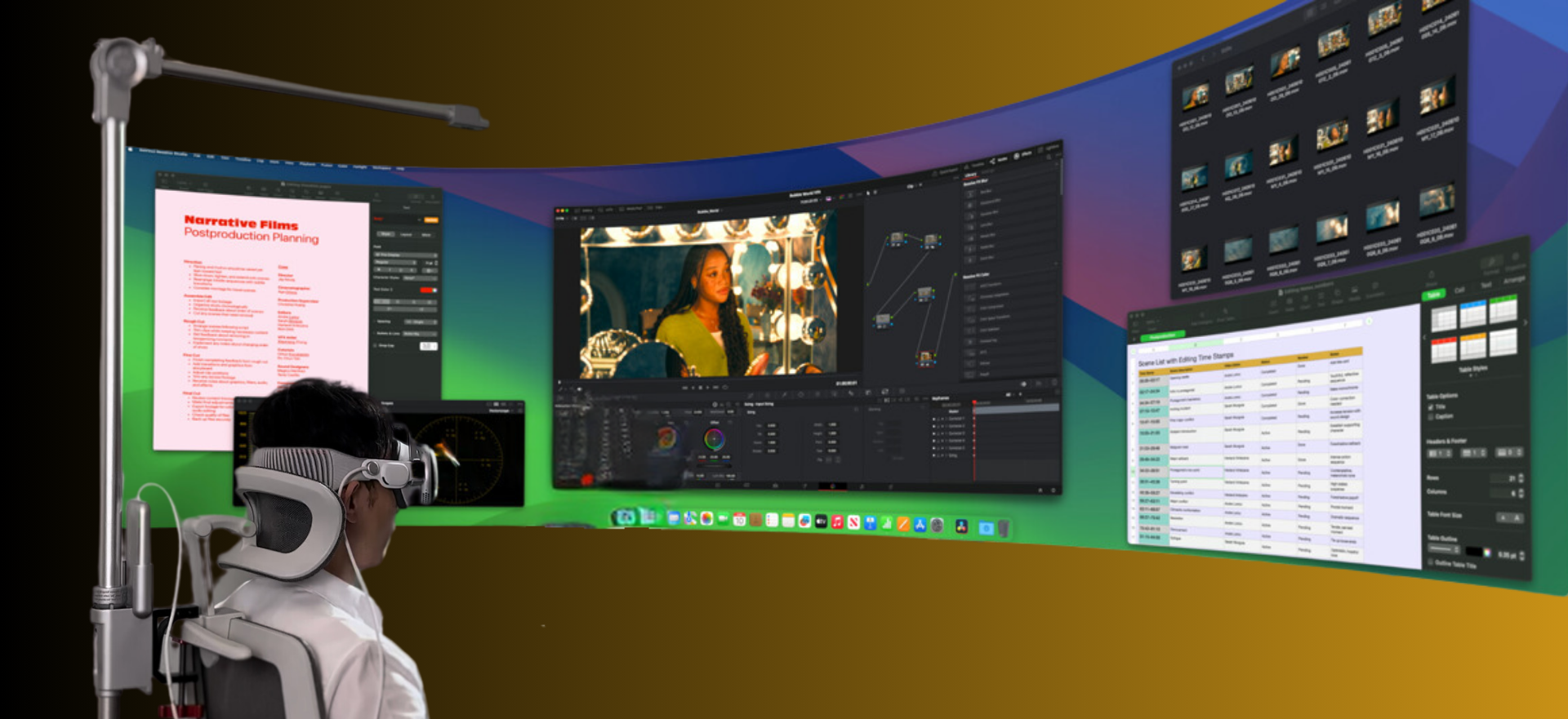
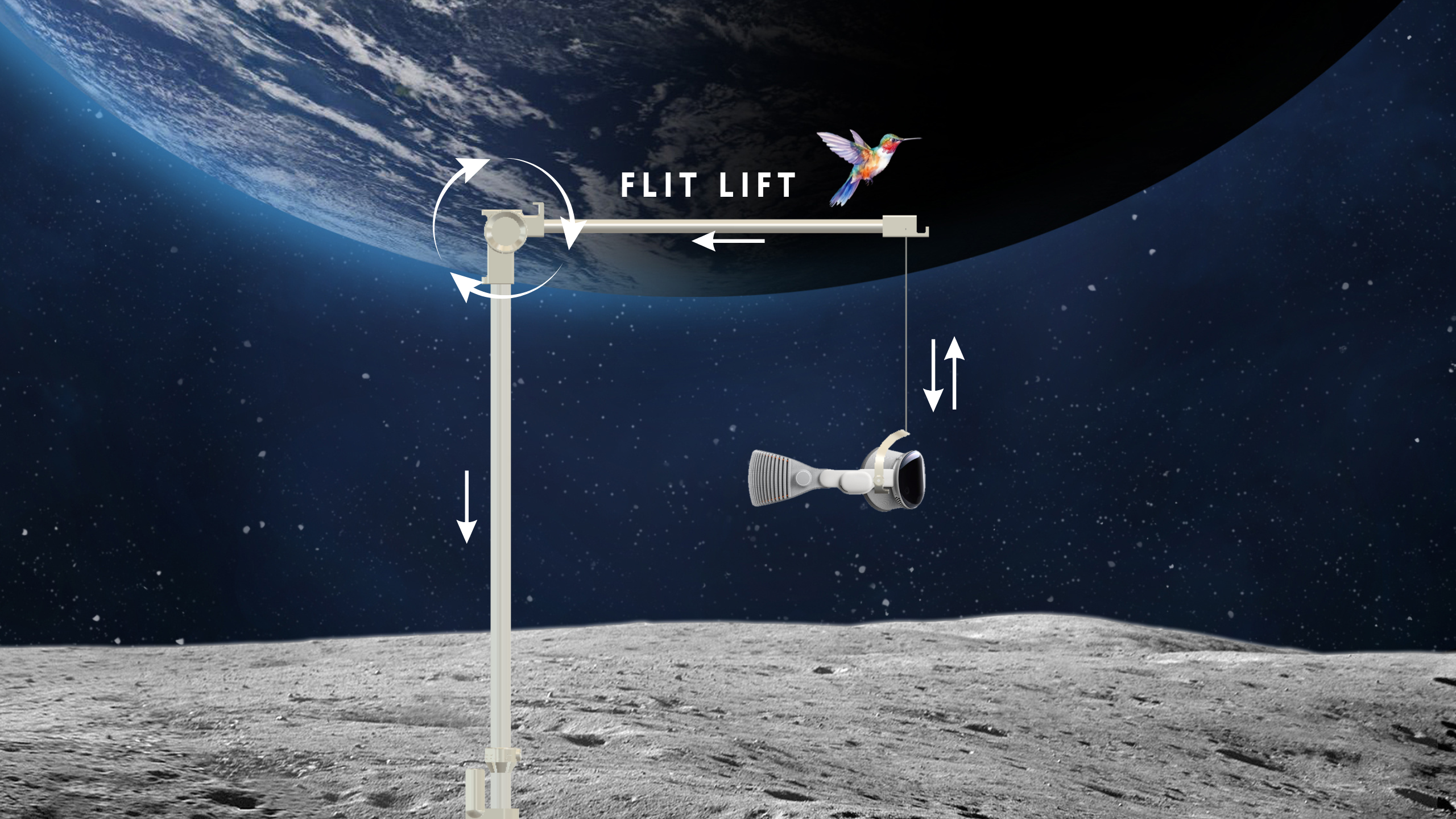
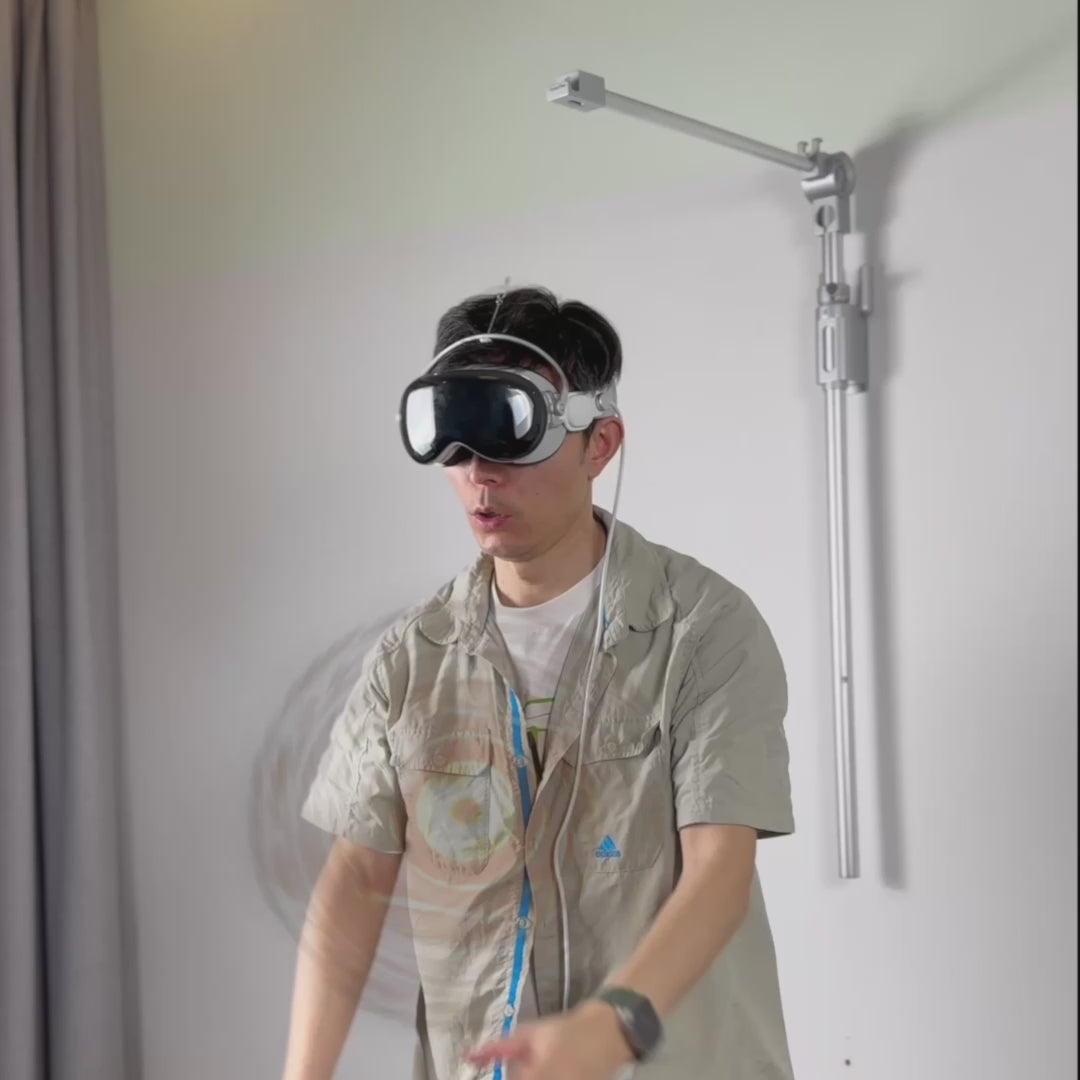
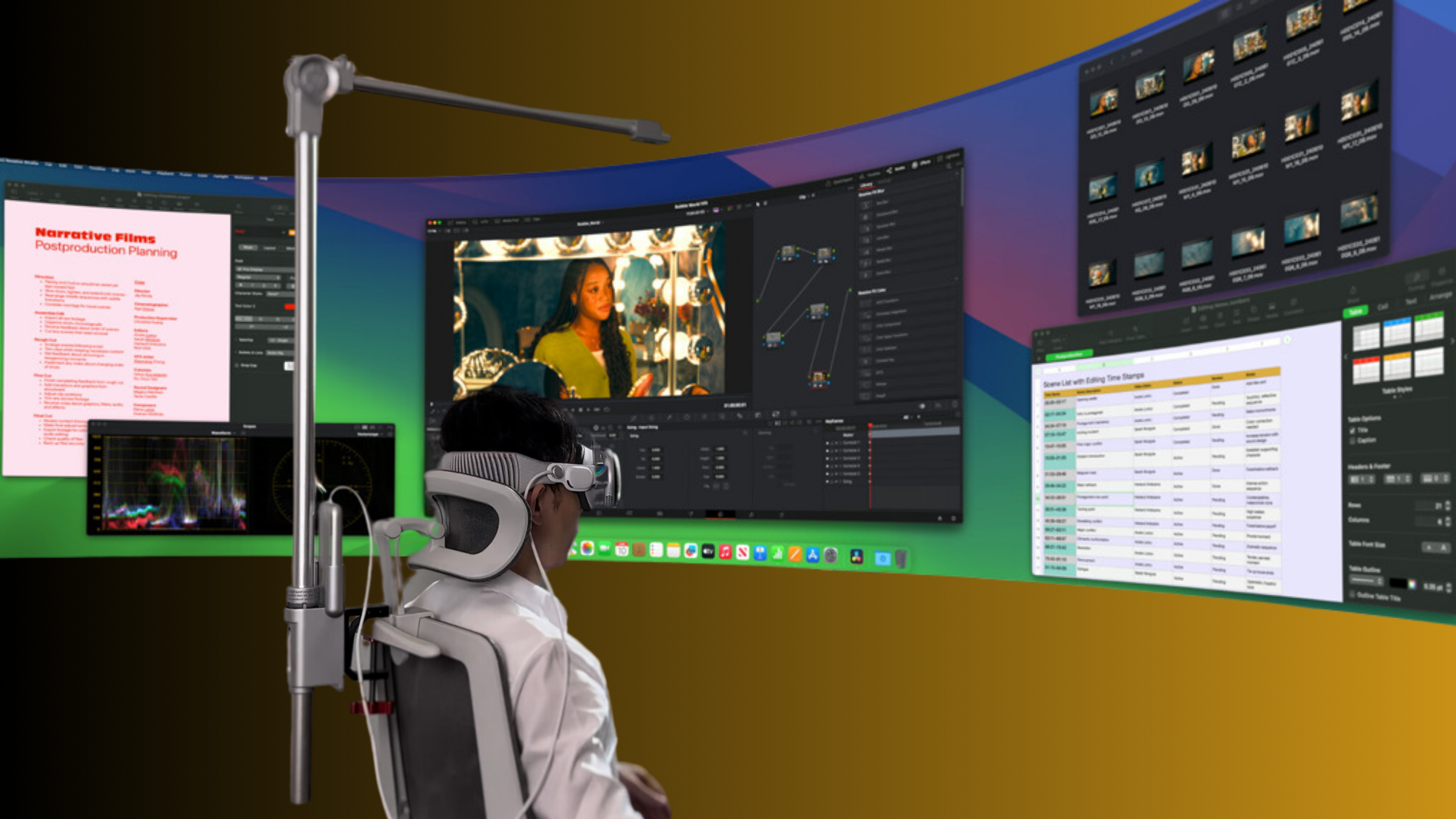

Compartir:
The Future of VR Comfort: Analyzing Apple Vision Pro’s Design and Support Solutions
Actionable VR Comfort Frameworks for Service-Based Brands to Build Customer Loyalty